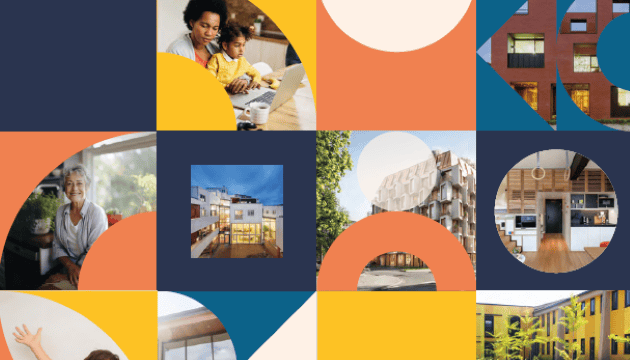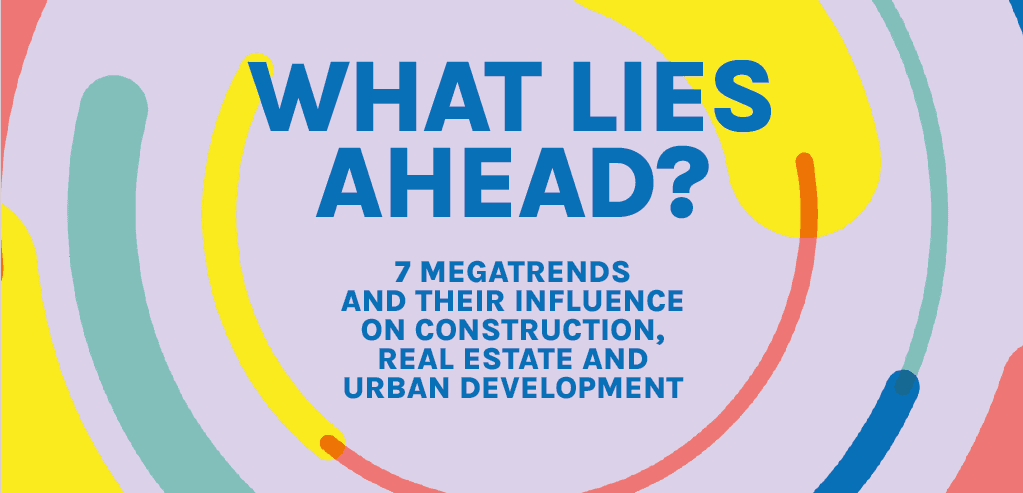By 2050, the global population of people over 60 will DOUBLE to reach 2.1 billion. In France, 25% of the population is already over 60, and starting in 2030, Boomers will massively reach the age of 85. This means more challenges related to loss of autonomy ahead.
Faced with this demographic shift, we need to rethink our social and economic model, but also our housing, mobility, work, health, and social connections. How can we adapt our infrastructure and living spaces to be inclusive and suitable for all generations?







